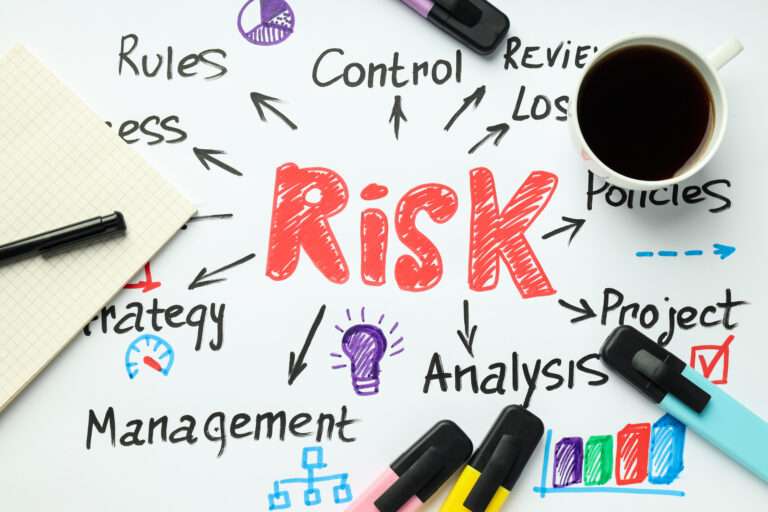
Why SPARX? As an Enterprise Architecture (EA) consultant, I am going into organizations with established
If you’ve ever been a member of a new Enterprise Architecture (EA) practice, you’re familiar with the conflicting priorities placed on the team. You’re under the constant challenge of delivering actual work while also tying Enterprise Architecture management into the organization’s business-as-usual. And having to take the time to explain to other teams what EA is! At some point, you, like any reasonable human being, decided you didn’t have the time to do it all. You had to leave processes as they were while your team put out fires. “We need a digital transformation roadmap yesterday!” “We need a plan to decommission legacy applications.” Unfortunately, without those processes, what should be repeatable services turn into one-time deliverables. The practice doesn’t take root and the team is always reacting to ad hoc requests. This makes delivery take longer and erodes the value of EA to support game-time strategic decision-making.
Any professional practice is made up of a set of services. A service is a set of repeatable processes consisting of roles, artifacts or templates, services, and technology. Imagine the operation of a family medical practice:
As a patient, I’m sure that you’ve had to spend more time waiting for the doctor than you’d prefer. In fact, I’d guess that if you thought you could achieve a similar outcome, you’d avoid going altogether. What is it that causes you to go when you’d rather not? You won’t get the same level of cost-effective treatment. Whether it’s a prescription-only medication or to meet the requirements for your insurance to cover part of the cost. It’s the system of governance formed by the regulating bodies of medical care that ensure that you get expert medical care. Your doctor’s office has no say or influence over this system, but they do have control over how long their patients are sitting in the waiting room.
A practice is defined as “a repeated or customary action” or “the continuous exercise of a profession.”
The practice of Enterprise Architecture also has services and clients. But executive leadership often expects the team to not only define the governance of the practice but enforce it as well. Imagine if your doctor, or her office manager, was the only one with the authority to get you to visit her. How often would you go? How healthy might you be if you get any medication you wanted on a whim? Alternatively, imagine if your doctor’s office had an individual dedicated to ensuring that patients spent the least amount of time in the office necessary to receive optimal care. You could be in and out in a flash, get exactly what you need to feel great, and you’d know that it will be as quick and painless the next time around.
Along these lines, there are two challenges inherent in implementing a sustainable EA practice. The first is the lack of executive sanction of the EA team’s function. The executive team is the external body creating the environment for their success. (The equivalent of the ecosystem of regulating bodies for medical care.) This lack of leadership support is often due to the EA team being the sole source of knowledge for EA best practices within the organization. The level to which the team garners support hinges on their ability to make their case to the executive leaders. The second is the lack of time and capacity the team needs for the administrative or management activities to be effective. (Imagine if your doctor began seeing patients without a record system.) These include the creation of internal processes and key performance indicators (KPIs). KPIs are critical for leadership to measure the effectiveness of the EA team’s delivery. (The equivalent to the individual making your doctor’s visit as efficient as possible.) Without established metrics, support for the team, and its value are subject to perception. Stakeholders will believe that the EA team “delays project timelines and does not make a difference in the final delivery”. Without effective, integrated processes their perception would not be that far off of reality.
Generally, anything other than the actual delivery of the EA practice itself ends up resting with the Director or Vice President of Architecture. Overwhelming this role with these day-to-day concerns erodes the effectiveness of IT strategy. And the entire enterprise is compromised when this executive isn’t focusing on the big picture. This becomes the Achilles’ Heel of a successful Enterprise Architecture. Architects become stretched too thin to build, manage, update, track, and deliver their practice. The executive’s noble effort to allow their architects to do the actual work embroils them in day-to-day operations instead of communicating with their peers. Ultimately, the entire team is struggling to keep their heads above water. While stakeholders and leadership see only an uncoordinated effort and an attempt to slow down product delivery.
In an increasingly complex and unpredictable business environment, organizations must adopt robust risk management solutions to safeguard their operations and maintain a competitive edge. SysRisk emerges as a comprehensive software that empowers organizations with the necessary tools to identify, assess, and prioritize potential risks effectively. By leveraging its intuitive interface, advanced analytical capabilities, and customization options, SysRisk enables businesses to proactively manage risks across various domains. Whether financial, operational, or strategic, SysRisk equips organizations with the insights and actions needed to minimize exposure and ensure long-term stability. Embracing SysRisk as a comprehensive risk management solution can help organizations navigate uncertainties and position themselves for sustainable success in today’s dynamic marketplace.
Most discussion of the challenges of establishing an EA practice pins success on the level of executive support. This is true from our experience. Only organizations whose leaders understand the value and make it a priority have long-lasting EA practices. But what do you do when that’s not the case? You’re facing an uphill battle with limited time and resources to establish the practice and deliver value. And if you are able to do both well, you might earn the support of a few more executives.
Register for the Architecture Academy to share your thoughts or approach, and to hear our solution!
Want to learn more about our ideas and thought leadership, please read the following. If there are any areas of interest from your organization, please feel free to reach out to us.

Why SPARX? As an Enterprise Architecture (EA) consultant, I am going into organizations with established

Bangladesh and digital banking Bangladesh is rapidly embracing digital banking, with more and more people

In an era defined by constant change and uncertainty, businesses in Bangladesh are facing an

Creating an architecture review board (ARB) software involves developing a tool that supports the review,
©2024 Sysonex. All Rights Reserved

Your form has been successfully submitted. Go to the next step to get a free Sysrisk user license.